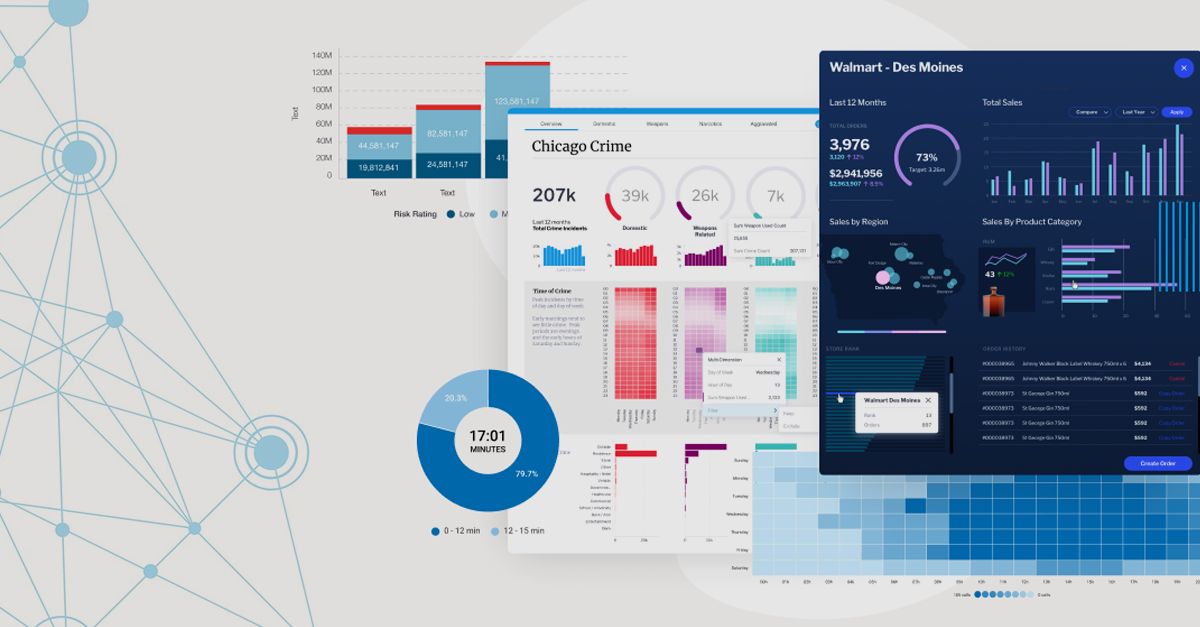
Business Intelligence is literally making the business intelligent. It combines business analytics, data mining, data visualization, data tools, and infrastructure to help organizations make data-driven decisions.
In simple words, business intelligence utilizes the accumulated data perfectly. And this correct way implies using data to drive change, be more efficient, and quickly adapt to changing market conditions. Business Intelligence has made business endeavors successful by assisting in making informed decisions.
So what exactly is business intelligence, and how do we implement it successfully?
Here are the answers to all your questions.
What is Business Intelligence
Business Intelligence is a technique used by organizations to organize, evaluate and transform raw data into actionable information. This collected data can be harnessed and implemented accordingly to gain a competitive advantage.
The tasks included in BI are:
Post these tasks; the defined BI system gives information by working on historical, present, and potential future data.
For example, a company sells product A and product B. Based on its sales and response, data is accumulated on both products. The information consists of the following;
Now, you have the reasons for which product worked, why, when, and how. Based on the accumulated data, you can make informed decisions and make changes in the product, advertising strategy, selling time, and other related approaches.
You have descriptive, prescriptive, and predictive analytics from the derived data to transform your business.
BI Implementation
Do not fear if you find BI tools and AI to be intimidating. It is difficult to grasp so much data at once. Therefore, there are companies to help you to set up BI tools that exactly fit your business needs. But before you outsource or utilize their services, here are some essential BI tools you must know.
BI Trends
The Business Intelligence market is continuously evolving. Currently, there are four major BI trends that you can implement according to your business requirements.
And We Conclude
Here is a real example if you need proof of BI’s success.
The New York Shipping Exchange (NYSHEX) is a shipping-technology company that works to improve shipping processes globally. They used various apps and cloud data to extract and manually filled them in excel sheets. This task put a tremendous load on the engineering team to decode the data. Also, the data could be accessed by a limited number of people.
To overcome this hurdle, they implemented BI to provide centralized data for storage and access of data. Now, even the ‘non-engineered’ staff could access and analyze data.
As a result, in 2019, the company more than tripled its volume shipping between Asia and U.S.
The use of BI positively impacts your business. The large amounts of data your business collects can make significant changes to improve and make it profitable. Therefore, invest in BI and give more power to your data!



